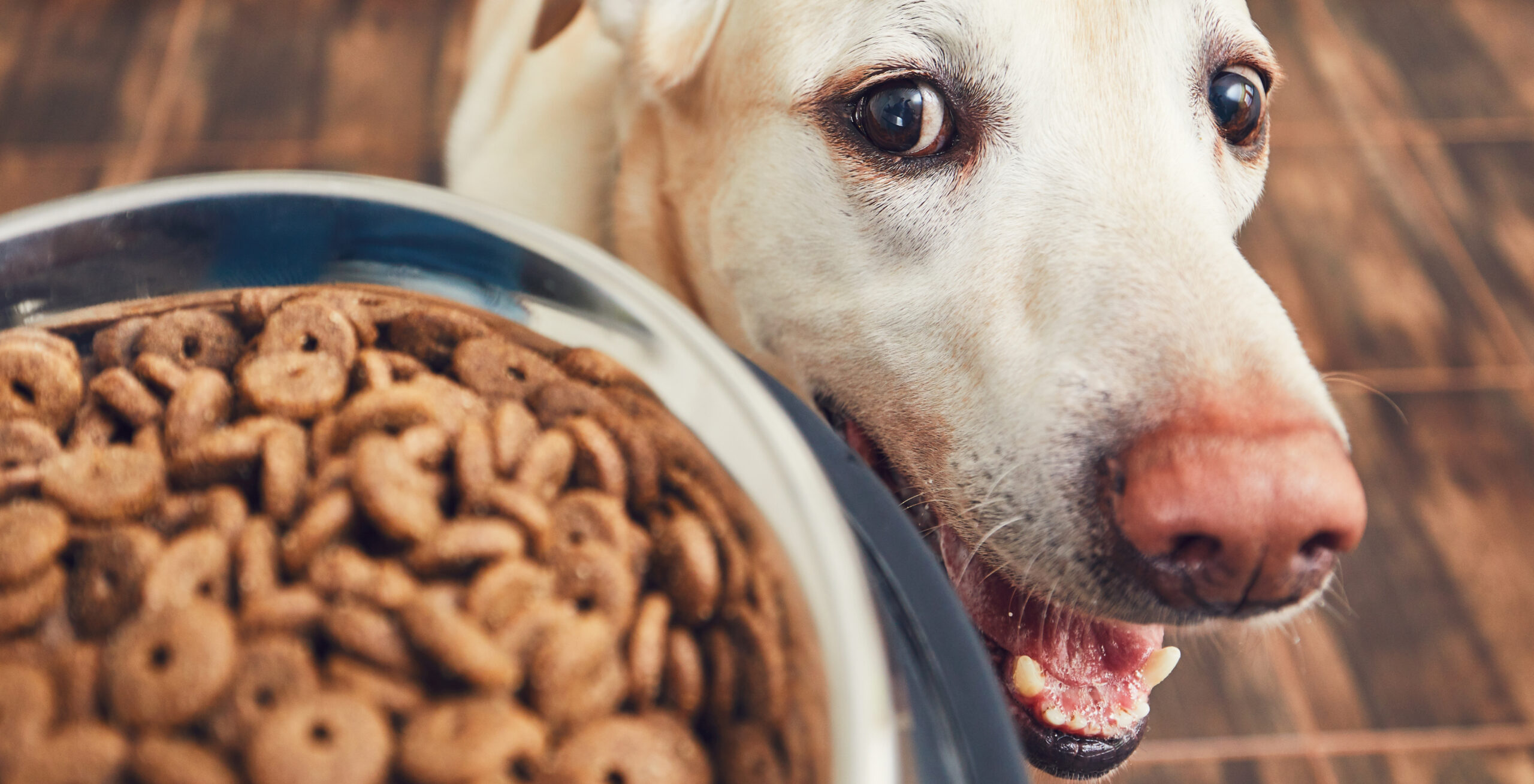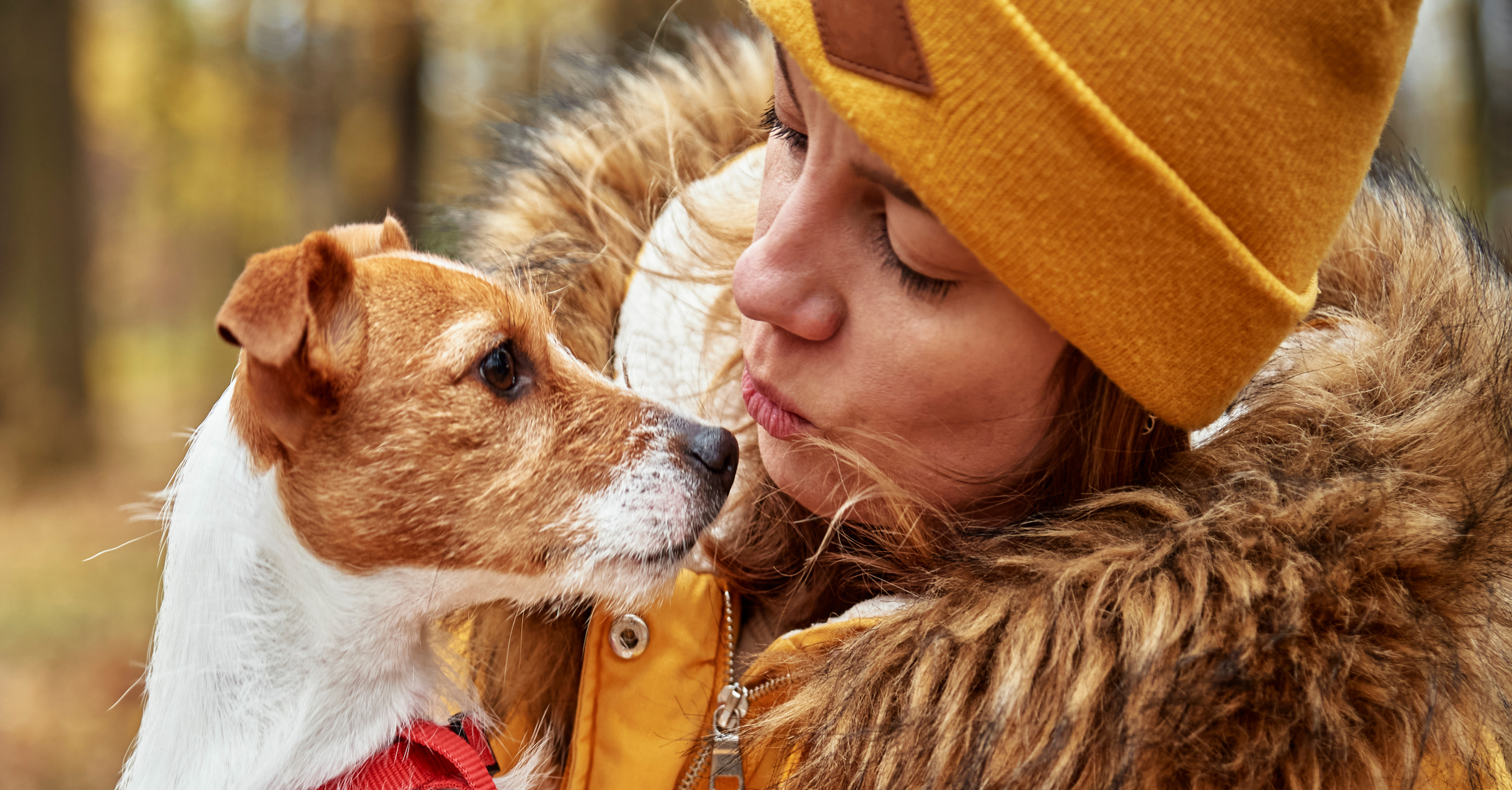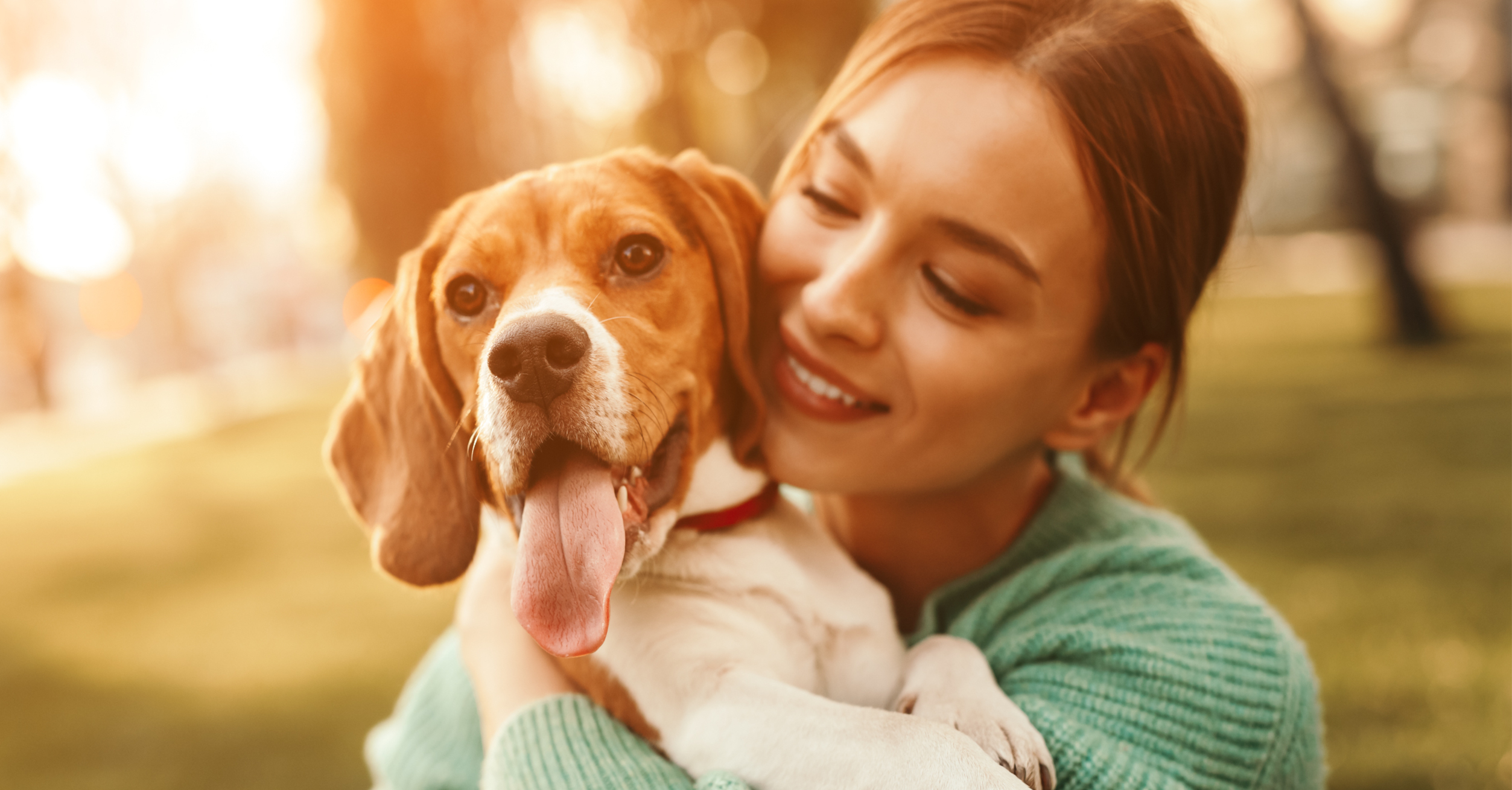Whether your veterinarian has recommended a change of pace, or you simply want to try out a new type of kibble, there are many reasons you might need to adjust your dog’s diet. However, it’s vital that you follow the best practices to do it safely.
While it might seem simple to switch up your dog’s diet, it needs to be done with care to ensure your pup is still getting enough to eat. For some dogs, changes in diet can lead to health troubles caused by gastrointestinal upset or adverse reactions to new food, including:
- Unwillingness to eat (if your dog doesn’t like or isn’t used to the new food)
- Diarrhea
- Vomiting
- Excessive itching
- Decreased appetite
- Hair loss
In order to avoid these health issues, it’s best to take a slow, gradual approach to major changes in your dog’s diet. Not only will this give your dog’s body a chance to adjust, but also it will mean you have the opportunity to safely observe them for any adverse food reactions.
How do you go about making the transition from food A to food B as smooth and safe as possible? Let’s break it down.
Your guide to adjusting your dog’s diet
There are many reasons you might decide to switch your dog’s diet. Your dog’s dietary needs might switch as they age, or your vet might recommend new food to support diabetes, joint health, dental health, and more. Perhaps your usual go-to brand is simply no longer available.
Whatever the reason, you’ll need to take care to ensure the transition is working for your dog. Here’s the best way to make the adjustment as easy as possible.
1: Pay attention to differences between foods
When choosing a new food for your dog, take special care to read and understand the label. You should know what ingredients are in the food, what the nutritional value of it is, and how much you should give your dog in order to meet their caloric needs. Some foods are more calorie-dense than others, so always inform yourself of the differences between brands and varieties to ensure it will work well for your pup.
2: Make a plan and a timeline
Good planning is essential to make a diet adjustment as easy as possible—both for you and your dog. A timeline of at least seven days should be good enough to make the switch to new foods, as it will give you plenty of time to observe any changes and ensure the new diet is working well.
Bear in mind that for dogs with certain conditions, such as sensitive stomachs, food intolerances, or other digestive issues, you may need to adjust and expand this timeline to give them a chance to adjust. Your veterinarian can provide more detailed advice based on their knowledge of your pet’s unique health needs.
3: Feed by ratio
Once you’ve chosen the new food and established a plan, it’s time to start incorporating it into their daily diet. Because new foods can be a shock to the system for some dogs, it’s important to make this adjustment gradually — over the course of at least five to seven days. This will allow your dog’s digestive system to adjust while giving you time to see if the new food causes any issues.
Your veterinarian will be able to make adjustments as needed, but the general guidelines are:
- Day 1 & 2: 3:1 ratio of old diet to new (75% old diet, 25% new)
- Day 3 & 4: 1:1 ratio of old diet to new (50% old diet, 50% new)
- Day 5 & 6: 1:3 ratio of old diet to new (25% old diet, 75% new)
- Day 7: 100% new diet
Of course, be sure to keep a close eye on your pup as you go through this process. If you notice any adverse reactions, you can try to lower or maintain the ratio for a couple of extra days to see if there’s an improvement.
4: Encourage your dog to eat the new food
Sometimes a dog is reluctant to eat a new type of food, not because of gastrointestinal issues or sensitivity, but simply because they aren’t used to it yet. Old habits die hard, so if your dog isn’t keen on a new diet just yet, there are some ways to help.
As mentioned above, combining the old and new foods can also help your dog get used to an adjustment, since they’ll likely be eating both at the same time. But you can further encourage your dog to eat their new diet by topping it with a familiar favourite, such as a bit of wet food that you know your dog will eat.
This is especially useful in the later days of the adjustment phase when the bulk of your dog’s bowl is full of new food. Just be conscious of how many calories are in the wet food, and adjust the amount of kibble as necessary to prevent overfeeding.
5: Carefully observe for any problems
Of course, it’s essential to keep a watchful eye on your dog—especially when adjusting their diet. If you notice your dog exhibiting any of the symptoms of food intolerance that we mentioned earlier, or if you simply can’t convince your pup to eat enough of their new food, it might be time to adjust your strategy.
While extending the timeline of the adjustment phase can help, it’s also possible that the new food isn’t a good fit for your dog. In this case, your veterinarian can help you find alternative foods and strategies to ensure your dog’s diet fits their needs.
While dogs aren’t generally known as picky eaters, each and every dog is unique, with their own quirks and preferences. With enough time and patience, as well as following your veterinarian’s recommendations, you can adjust your dog’s diet safely and ensure they’re happy with mealtime every time.
Creative Commons Attribution: Permission is granted to repost this article in its entirety with credit to Hastings Veterinary Hospital and a clickable link back to this page.






